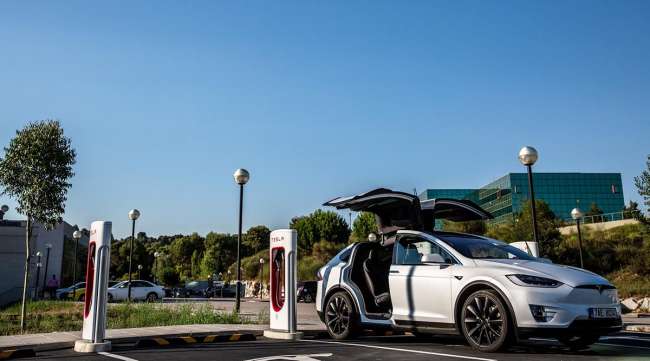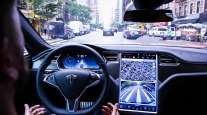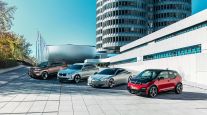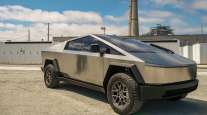Tesla’s ‘Anemic’ High-Margin Model Sales Extend Profit Struggle

[Stay on top of transportation news: Get TTNews in your inbox.]
Tesla Inc. is delivering more cars than ever because of the emergence of Model 3 customers like Mike Land. His view of the relative weakness of Elon Musk’s more expensive electric cars also helps explain why the company is still struggling to make money.
The price tags on Tesla’s first two vehicles, the Model S and X, were too much for Land’s budget to bear. But the retired police officer probably wouldn’t want one of those cars anyway over his Model 3, since the older models no longer feature what he considers to be cutting-edge tech.
“Even if I could afford it — let’s say I won the lottery tomorrow, and I could afford a Model S or a Model X — the battery technology is still older,” the 55-year-old said from his home in a suburb of Tucson, Ariz.
The Model 3 brought new buyers into the fold and countered the narrative that Tesla is demand-challenged, sparking a stock rally since the beginning of June. But the electric-car maker’s shares are still down 23% for the year in part because the Model S and X are beginning to show their age. Slower-charging and less efficient batteries are taking some of the wind out of their sails and pressuring Tesla’s profit margins, since they often sell for more than double the cost of an entry-level Model 3.
Motor Trend awards Tesla Model S best Car of the Year ever in their 70 year history!!
https://t.co/TiMsQ3REvH — Elon Musk (@elonmusk) July 11, 2019
Combined deliveries of the Model S and X dropped more than 20% from a year ago to 17,650 in the second quarter. The Model 3, meanwhile, saw deliveries jump to 77,550.
Deliveries of the Model S and X were “anemic” and “a bit of a concern given higher margins for these cars,” Craig Irwin, an analyst at Roth Capital Partners, wrote in a report July 22. He downgraded the stock to neutral after recommending it as a buy for just 42 days.
A further compression of margins could spell trouble for Tesla, which reported a larger-than-expected loss in the first quarter after repeated assurances the company would stay in the black. Last month, he said rapid growth in sales may actually make it harder for Tesla to be sustainably profitable.
In the first quarter, Tesla’s automotive gross margins excluding certain items compressed to 20.3% from 24.7% in the last three months of 2018. The company has said it’s targeting 25% margins for the Model S, X and 3.
The sticker-price gap between the Model 3 and Tesla’s other models grew wider on July 16 when Tesla dropped the starting price of the Model 3 in the U.S. and simultaneously eliminated a less expensive standard-range version of the Model S sedan from the lineup. The Model 3 now starts at $38,990, and the cheapest version of the Model S is $79,990.
Despite the higher prices, the Model S and X are very long-in-the-tooth by auto industry standards. Vehicles are typically completely overhauled every four or five years to remain competitive, but the Model S debuted in June 2012 and the Model X hit the market in 2015. Since then, neither has undergone a major revamp in battery technology, interior upgrades or sheet-metal styling.
“They seem to be holding up OK without a redesign, but it’s unusual for a car company, especially a luxury maker, not to do a redesign,” said Michelle Krebs, senior analyst at AutoTrader. “Usually, they’re about every four years and maybe a refreshening in between.”
Tesla has provided over-the-air software upgrades to boost performance and add features for existing Model S and Model X owners, but Musk dashed hopes for more significant changes to the vehicles on July 9, when he tweeted that there is “no ‘refreshed’ Model X or Model S coming.”




